The Nuts, Bolts and Rapiers of the Movie



Here's another cool gift from AD: scans of "Space Ace Engagement", a huge 'making of' article about the Wing Commander movie. It was taken from the April, 1999 issue of Cinefex (#77.) This is, without a doubt, the most in-depth behind the scenes article I've ever seen on the movie -- lots of amazing facts in here. You'll learn everything from how shots were framed to what type of cameras were used. Here's an extract:
After emerging successfully from the hyperspace jump, Diligent makes her approach to Tiger Claw. "The big ships are really like central characters in this film, so the shots that introduce them required a lot of attention," stated digital artist Rhett Bennatt. "Diligent comes in from the top of the screen with Tiger Claw in the distance. We follow Diligent as it goes right down the length of this enormous capital ship. Then it stops and turns toward the larger ship as big doors open up to receive it. It's about a thirty-second shot that establishes scale and shows you everything in lingering detail."The whole thing is also available as a PDF here (6.98 MB) It even includes a two-page advertising spread purchased to thank the movie's animation team!Real-world imperfections were incorporated to make shots like this lengthy approach read as both spectacular and photorealistic. "When the Diligent is on final approach to Tiger Claw, we built a deliberate operator error into the move," Chris Brown said. "The camera overshoots, continuing to track along after Diligent has stopped and begun its descent. Then the camera corrects, looking back and down at Diligent as the smaller craft enters the landing bay." The landing bay/flight deck area of the Tiger Claw was constructed full-scale, but the Luxembourg stage was too short for the flight deck to be built in its entirety. This necessitated redressing and reshooting the set to produce two different plate elements that Digiscope seamed together, doubling the length of the set.
Tiger Claw enters a star system containing a brown dwarf sun, asteroid belt and Jupiter-like planet. This colorful environment was largely the creation of digital artist Mark Goldsworthy, who had also developed jump point Scylla. "Mark did a tremendous amount ofR&'D for us," digital artist Rodney Brunet related, "plus more than seventy animatics. lIis brown dwarf star started out as a background painting for the original presentation trailer, but Chris Roberts loved it so much that a good deal of the film's action wound up being centered around it."

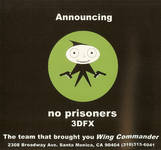
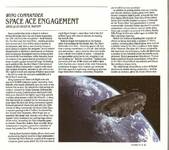

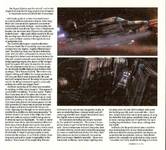
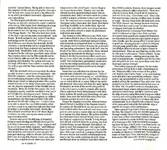


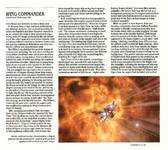
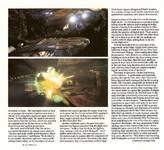
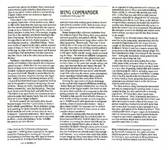
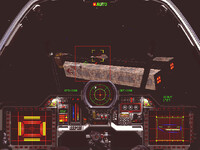


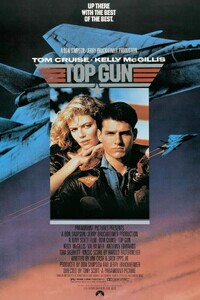
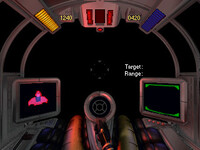

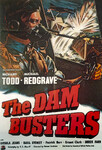
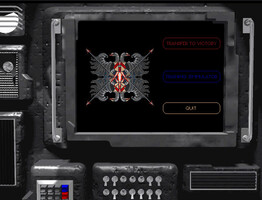


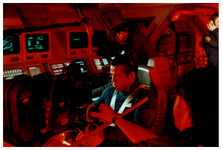
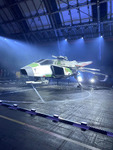
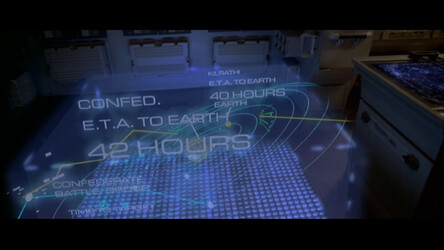
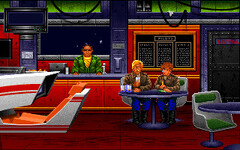
Follow or Contact Us